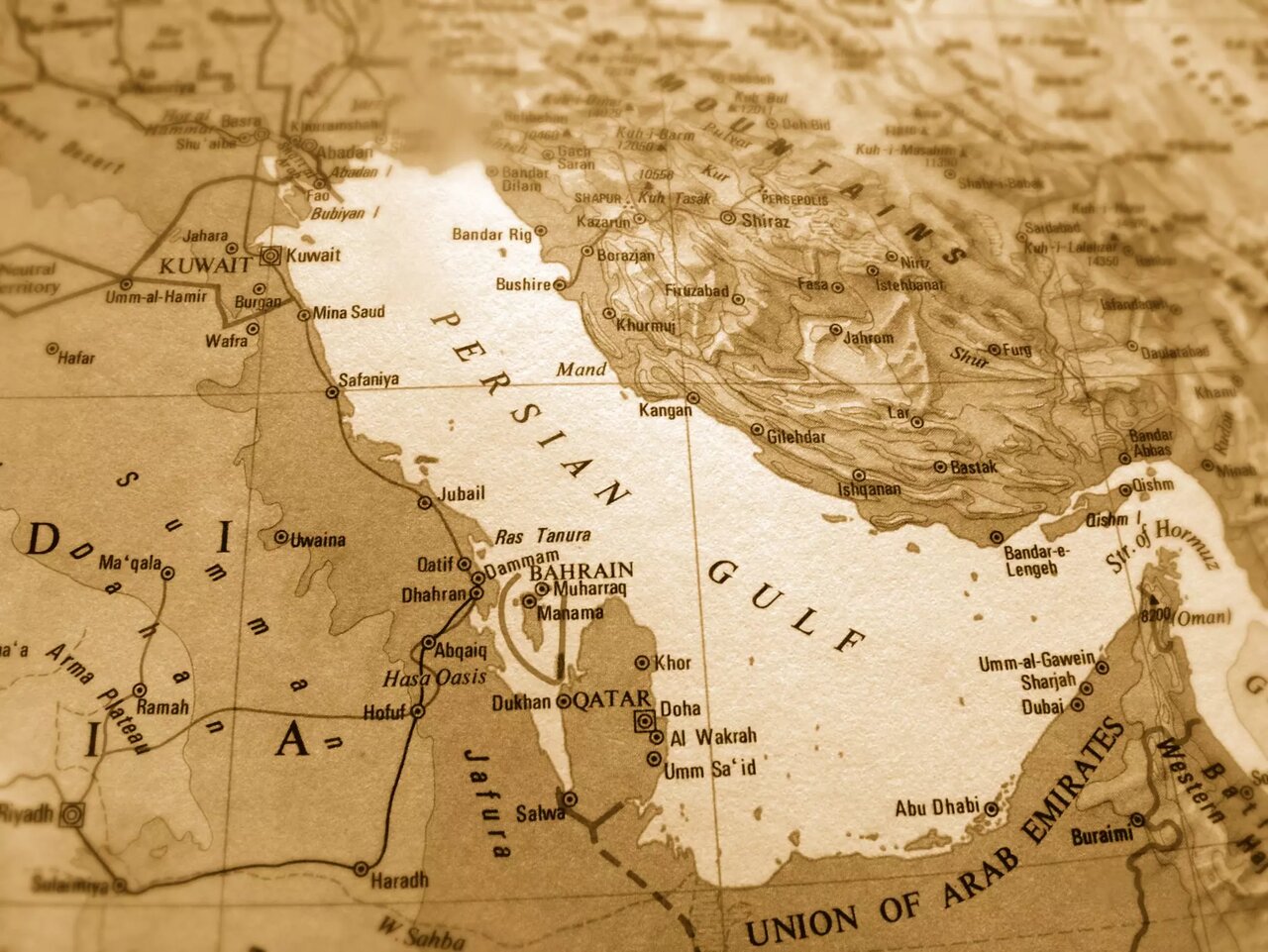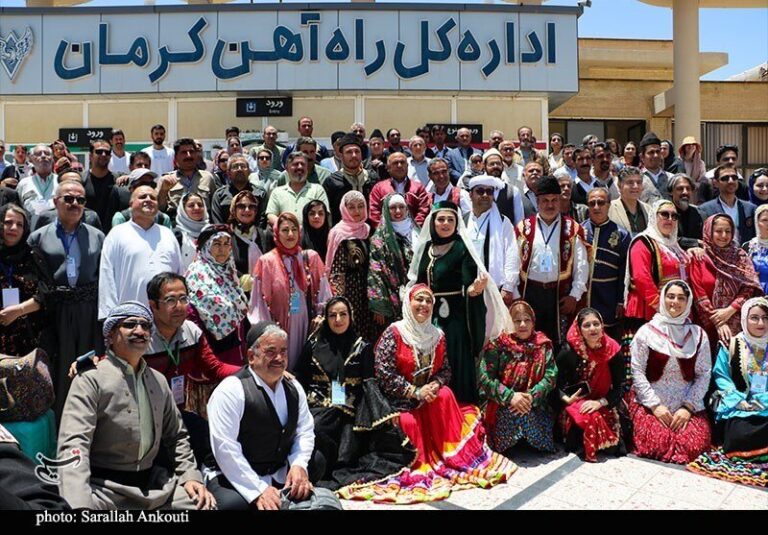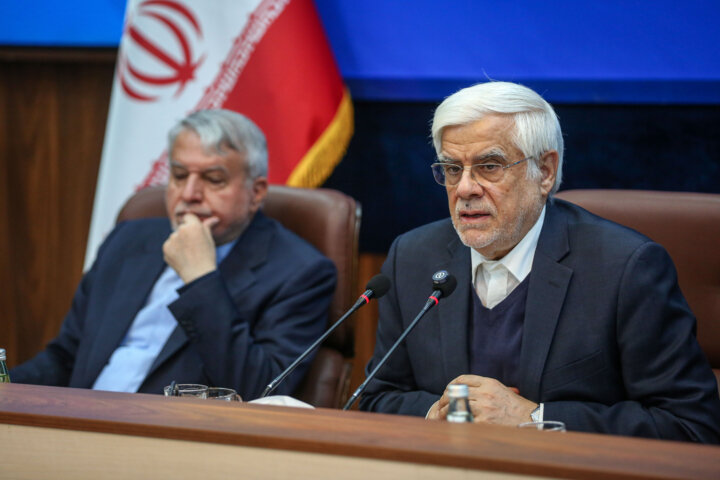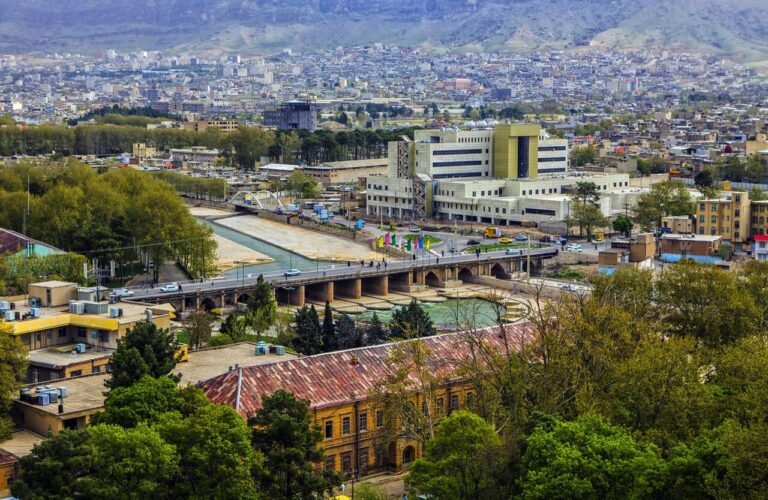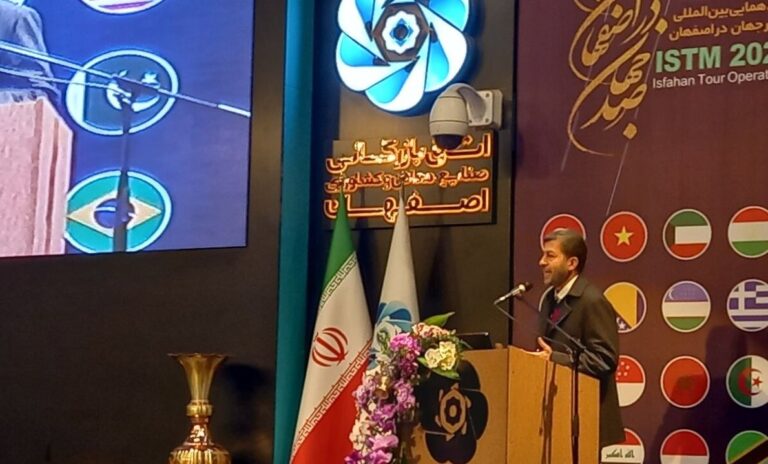Persian Gulf National Day: Celebrating Rich History, Vibrant Culture, and Breathtaking Nature!
Every year, on the 10th of Ordibehesht in the Iranian calendar, Iran celebrates Persian Gulf National Day. This significant occasion allows the nation to reflect on the historical, cultural, and geopolitical importance of this strategic waterway in West Asia.
This year, the celebration took place on April 30, marking the anniversary of the historic 1622 victory when the combined forces of Iran’s Safavid Empire and the British East India Company expelled Portuguese troops from the strategically vital Strait of Hormuz.
Stretching along the southwestern coast of Iran, the Persian Gulf is much more than just a body of water; it is a cradle of ancient civilizations and a vibrant cultural crossroads. This natural wonder is bursting with life and offers a stunning contrast between tradition and modernity.
From the bustling port city of Bandar Abbas to the serene shores of Qeshm and Hormuz Islands, the Persian Gulf has long been intertwined with the lives of its inhabitants. For centuries, these communities have relied on the sea for trade, sustenance, and cultural exchange.
While the Persian Gulf is renowned globally for its vast reserves of oil and natural gas, it also boasts remarkable natural beauty. The region features preserved beaches and expansive mangrove forests, making it a hidden gem for eco-tourism and adventure seekers. Visitors can:
- Dive into crystal-clear waters
- Explore vibrant coral reefs
- Soak in the rich biodiversity along the coastline
In addition to its natural wonders, the Persian Gulf serves as a living museum of history. The islands within the Gulf have historically functioned as critical trade outposts linking the East and West, influencing the destinies of numerous empires throughout the ages.
The region has been a strategic maritime crossroads for thousands of years, witnessing the rise and fall of civilizations. From the ancient Sumerians and Akkadians to the powerful Achaemenid, Parthian, and Sassanian Empires, the Persian Gulf has played a pivotal role in shaping history.
During the Islamic Golden Age, these islands thrived as centers of commerce, science, and learning. Their ports welcomed scholars, merchants, and travelers from across the globe, fostering a rich tapestry of cultural exchange and intellectual advancement. Today, this legacy is evident in the local architecture, cuisine, music, and oral traditions that have been preserved through generations.
The Persian Gulf’s islands also exemplify a mosaic of ethnic and cultural diversity. They are home to various groups, including Persians, Arabs, Baloch, and others, creating a vibrant social fabric that enriches Iran’s national heritage.
In the contemporary geopolitical landscape, the Persian Gulf maintains its strategic significance. The islands, located near some of the world’s most crucial energy routes, are vital for regional security and global commerce. Furthermore, several islands have been central to ongoing diplomatic discussions, highlighting their enduring importance on the world stage.
Iran’s celebration of Persian Gulf National Day not only honors this geographic region but also acknowledges a legacy of resilience, cooperation, and cultural wealth. For many Iranians, this day symbolizes national identity and pride—a testament to a region that has historically shaped and continues to influence the course of history.
As we commemorate Persian Gulf National Day, let us recognize the multifaceted richness of this vital region, celebrating its history, cultural diversity, and natural beauty. It is a day to honor the past while looking forward to the future of the Persian Gulf.
